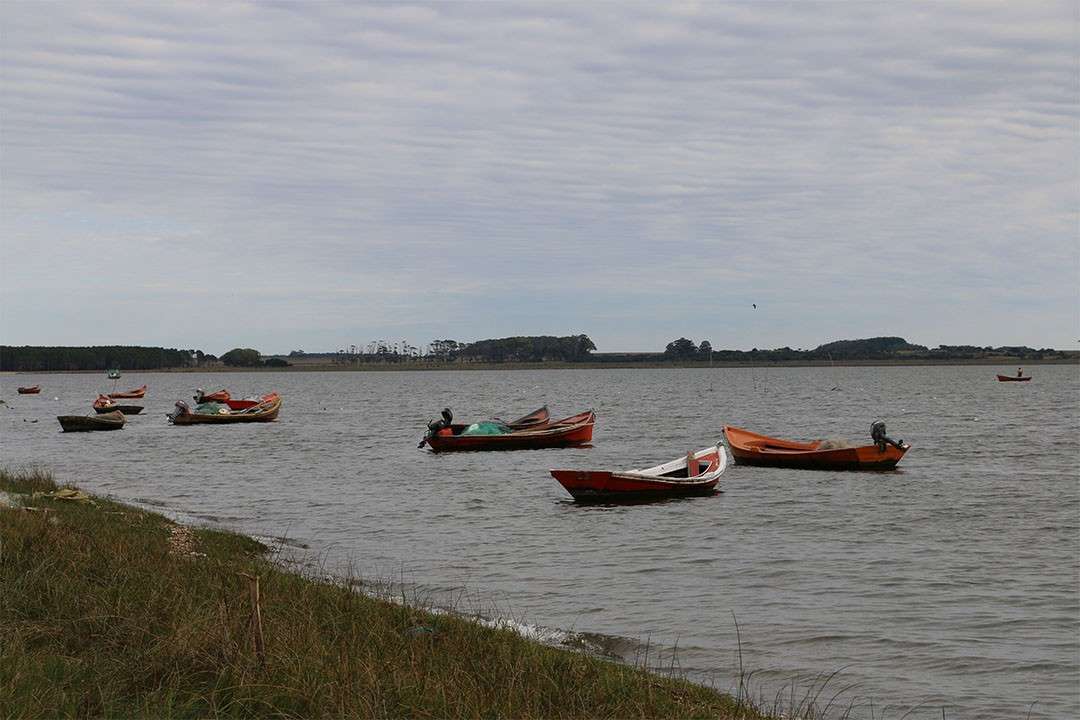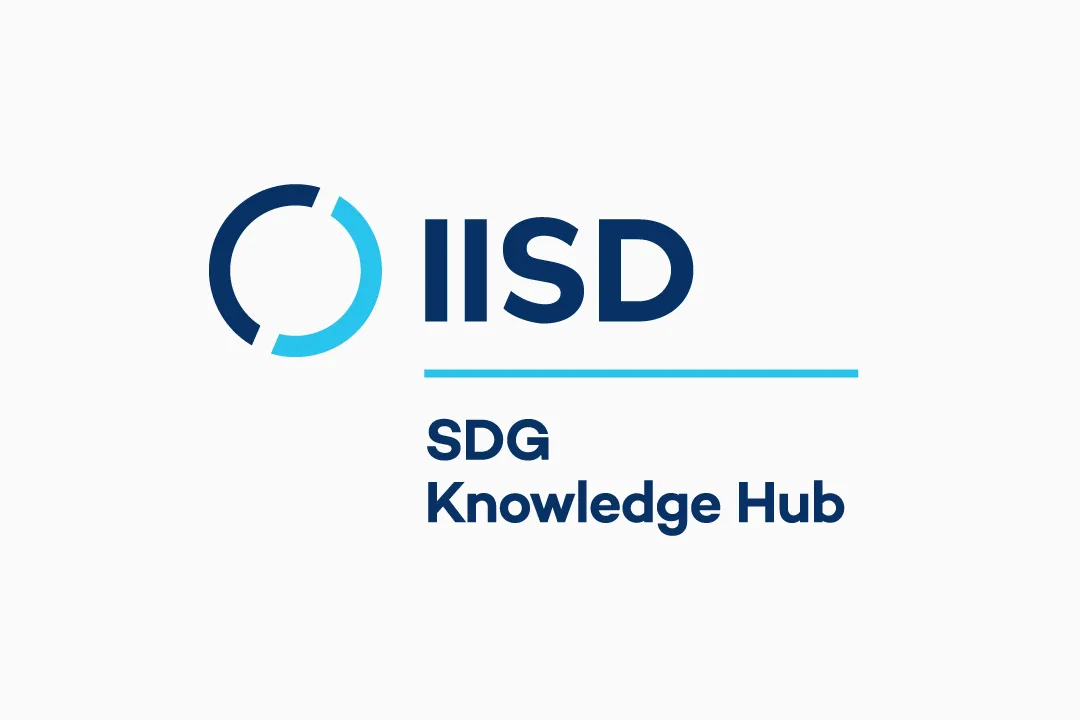7 June 2017: On the third day of the UN Ocean Conference, side events addressed, inter alia: the Blue Action Fund; a multi-stakeholder small island developing States (SIDS) partnership dialogue; joint action on the Sustainable Development Goals (SDGs) on clean water and sanitation (SDG 6) and on life below water (SDG 14); ocean solutions for sustainable development; and solutions to combat marine litter. The Global Island Partnership (GLISPA) and partners hosted a high-level reception to demonstrate ocean leadership and showcase capacity-building efforts and other tools to support achievement of SDG 14.
At the ‘Launch of the Blue Action Fund,’ the German Federal Ministry for Economic Cooperation and Development (BMZ) said the Blue Action Fund will step up action for the implementation of SDG 14, with an initial fund of €24 million. BMZ representative Tania Rödiger-Vorwerk explained that the Initiative will support national and international non-governmental organizations (NGOs) in their efforts to conserve oceans and coastlines, by promoting: the safeguarding of marine biodiversity, through creating new protected areas and improving the management of existing ones; and the sustainable use of marine biodiversity in fisheries, aquaculture and tourism. Sweden’s Minister for International Development Cooperation and Climate, and Deputy Prime Minister, Isabella Lövin, said that the Blue Action Fund will enable the protection of migratory species by forming a network of marine protected areas (MPAs). Lövin announced that Sweden will contribute US$5.4 million to the Blue Action Fund. Stephan Opitz, KfW Development Bank, explained the Initiative will fund projects that: have an integrated approach, not only setting MPAs, but also involving communities in the sustainable management of marine biodiversity; have a regional focus; and be scalable and transformative. Opitz added that projects will initially be funded with €1-3 million and NGOs are expected to contribute 25% of the necessary funding for their realization.
The ‘Second Annual Global Multi-stakeholder SIDS Partnership Dialogue’ aimed to galvanize voluntary commitments for the implementation of SDG 14 among the SIDS partnership community. In his keynote address, UN General Assembly (UNGA) President Peter Thomson stressed that partnerships for SIDS are strongly ocean-related and reminded participants that SDG 14 was created by SIDS, overcoming strong opposition. Cook Islands Prime Minister, Henry Puna, announced that his country will establish a two million km2 marine park and a new 300,000 km2 marine reserve where no commercial activity will be allowed. Permanent Representative of Palau to the UN, Ngedikes Olai Uludong, highlighted the creation of a 500,000 km2 marine sanctuary, accessible only to small fisheries.
Australia’s Minister for International Development and the Pacific, Concetta Fierravanti-Wells, announced an AUS$2 million to the SIDS Partnership Framework for the next two years. Denmark’s Minister for Equal Opportunities and Nordic Cooperation, Karen Ellemann, shared examples of her country’s support to SIDS, including: the “Mangroves for the Future” project; a climate change adaptation project; and support to the Green Climate Fund (GCF). Pacific Islands Forum Deputy-Secretary-General, Cristelle Pratt, described a review of the 300 partnerships for SIDS, saying 74 engage Pacific SIDS, but 44 do not have national oversight. She called for the inclusion of partnerships in national plans. Nik Sekhran, UN Development Programme (UNDP), said that UNDP committed to 77 SIDS partnerships, of which 12 are ocean-related.
The event, ‘Joining Hands to Help Achieve SDGs 6 and 14-a Win-Win for Freshwater and Oceans,’ highlighted close linkages between SDGs 6 and 14. UNEP representative, Habib El-Habr, said the Global Programme of Action for the Protection of the Marine Environment from Land-based Activities (GPA) had been addressing land and ocean connections since 1995, pointing to the work of the Global Partnership on Marine Litter, Global Partnership on Nutrient Management and Global Wastewater Initiative. UN-Water highlighted the recent UN-Water synthesis report on SDG 6 linkages to other SDGs. Ramsar Convention on Wetlands Secretary-General, Martha Rojas-Urrego, suggested that wetlands are a good lens for examining the linkages between SDGs 6 and 14. Participants further addressed: the need for vertical integration linking national, regional and global actions; linkages between SDGs 6 and 14 and climate change; the need to translate the SDGs into concrete targets the business community can understand and meet.
An interactive session, ‘Co-Designing Game-Changing Ocean Solutions for Sustainable Development’ featured examples of ocean solutions from Iceland, the World Bank and the Moonshot Factory as well as a brainstorming session where participants discussed “radical” project ideas for sustainable development, such as solving ocean pollution of the food system using desalination. Emerging “radical” ideas included: an autonomous car that would only drive to restaurants that used sustainably sourced food; and underwater internet that would enable young people to share underwater photos on social media to raise awareness on ocean conservation issues.
The event ‘Solutions to Combat Marine Litter’ discussed the impacts of plastic pollution on the oceans and shared efforts to reduce marine litter and microplastics. Norway’s Ministry of Foreign Affairs, Tone Skogen, announced the adoption of a white paper on the place of the oceans in Norwegian foreign and development policy. American Chemistry Council representative, Steven Russell, said marine litter poses an important issue for plastic manufacturers who want to be part of the solution. He recommended investing in waste infrastructure management in countries where plastic use is currently exploding and highlighted a platform of plastic industry CEOs that are committing to create common principles for recycling and waste management. UN Environment’s Champion of the Earth 2016, Afroz Shah, emphasized the importance of changing mindsets, saying such actions are complementary to and as effective as new regulation.
GLISPA and partners hosted a high-level reception for heads of delegation, permanent representatives and heads of organizations. The event aimed to demonstrate the leadership of island countries, coastal States and countries with islands and to showcase efforts and tools to support SDG 14. President of Palau, Tommy Remengesau Jr, spoke on behalf of the other three GLISPA co-Leaders – the Vice-President of Seychelles, Prime Minister of Grenada and the Deputy Premier of British Virgin Islands – highlighting culturally appropriate solutions to implementing the SDGs. He called on participants to “step up to make the Palau National Marine Sanctuary look like a small commitment.”
The UN Ocean Conference is convening at UN Headquarters in New York, US, from 5-9 June 2017. [ENB on the Side (ENBOTS) Coverage of UN Ocean Conference] [ENBOTS coverage of CBD Special Events at the Ocean Conference] [GLISPA Event] [Blue Action Fund Commitment]

